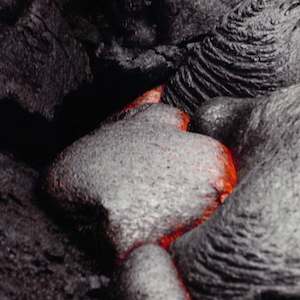Recently, someone showed me a handout she’d been given on vocal warm-ups. She pointed out a paragraph advising against exercises using the ng consonant — the hum created by placing the back of the tongue against the roof of the mouth. It’s the sound you make, for instance, in the word hangup. According to the handout, making this sound can cause a habit of tongue tension that is difficult to correct.
Prohibitions in the voice studio can be very useful. Here’s one I use all of the time:
Don’t you dare put your coffee cup on my piano.
Back to the ng.
If the ng is prohibited on the basis of its potential for causing tongue tension, then how is the singer supposed to sing this:
Thro’ all the tumult and the strife
I hear the music ringing;
It finds an echo in my soul—
How can I keep from singing?
I’m not sure how you’re supposed to get through all of that ringing and singing without the good old ng consonant, and hey, there’s a [k] – the back of the tongue comes up against the roof of the mouth to make this consonant, as well. Perhaps it should also be prohibited, just in case it causes a habit of tension. (According to phoneticists, the [k] is a near universal language sound, so perhaps excessive tongue tension is also nearly universal. It’s nice to think we’re all in this together.)
When we swallow, the tongue comes up against the roof of the mouth. (Try swallowing without letting the tongue touch the roof of your mouth, and let me know how it goes.) Maybe we should prohibit swallowing so we don’t develop patterns of excessive tongue tension.
Perhaps you get where I’m going here.
The tongue has to move when we use language, whether for singing or speaking. It moves a lot. It’s probably the most flexible group of muscles in the body (good for you, tongue!). At the same time, excessive tongue tension (which you can probably invoke by saying “excessive tongue tension” ten times fast) is a very real issue for speakers and singers alike. Every singer needs some skills to help find a balance between necessary tension and necessary relaxation in the tongue.
Here’s just one I’ve been using recently.

Imagine your tongue is a river. You can think of it as having a unidirectional flow through its length, or you can think of a flow that eddies and swirls.
You might feel like you have some increased salivation with this exercise. Saliva is part of the alimentary system, and we salivate more when we’re relaxed and the parasympathetic part (rest and relaxation) of our autonomic nervous system can get down to business. (Conversely, lack of salivation, or dry mouth, is often a component of performance anxiety. Your fight or flight instinct kicks in, and your body figures it can take the production of saliva off line for a little while, while you channel your energies into getting away from the tiger that’s chasing you).
Because I live in Minnesota, where, as I write, it is still winter, I also like to use a little flow imagery I collected some years ago on a trip to the Big Island of Hawaii. There, in addition to being toasty warm, I was lucky to visit an active lava flow in Volcanoes National Park. Try thinking of your tongue as a slowly flowing and expanding tongue of lava.
Which reminds me of another of my studio prohibitions.
Don’t forget to breathe.